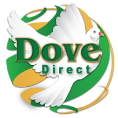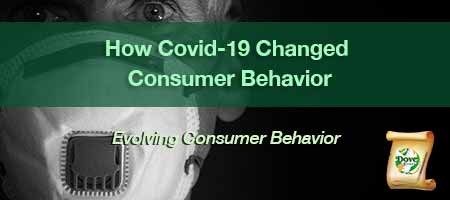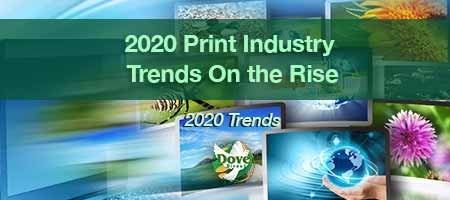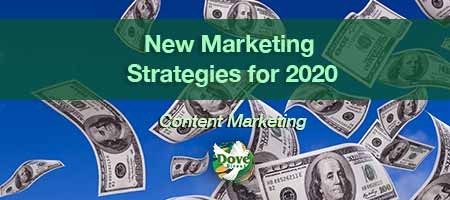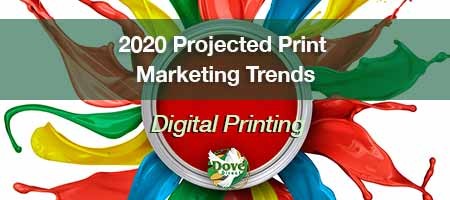How Covid-19 Changed Consumer Behavior
Our Quote of the Day:
"Human behavior flows from three main sources: desire, emotion, and knowledge."
— Plato
Behavioral Change Accelerated
Under normal conditions, changes to individual behavior are difficult and take time. Think about your last New Year's resolution. Then consider if the resolutions you made were kept or broken by mid-year, if not sooner. Everyone can appreciate how difficult it is to change and stick to the change. Behavior in and of itself is a habitual exercise, which is unconscious by nature, and automatic behavior becomes possible only through a series of repetitive actions over time. There's plenty of documentation depicting the many aspects of how behavioral changes come about, such as neuroplasticity connections, outlining the chemical change, structural change, and functional change. There is little doubt that Covid-19 is revamping consumer behavior at an accelerating rate. It is unknown who will adapt to what we consider to be survival behavior versus the consumer mindset.
Permanent Versus Temporary
The sales and media worlds are conducting critical thinking scenarios to determine if the current behavioral changes will continue after COVID-19 subsides. That is to say, whether or not consumers will revert to pre-pandemic behaviors. Remember, it is hard to change a behavioral habit, and what we have learned is that it took less than a year when the pandemic rose to a point where the behavioral survival habits took hold.
Firm location and time dependencies influence every single consumer behavior trait. That said, behavior traits can often diverge significantly based on one location versus another. Further, these behavioral changes can be affected by cultures, geographies, ethnicities, and other factors. As you can surmise, the effects of the pandemic are adding a great deal of complexity to an already evolving consumer behavior modeling. Please think of the complexity in this sense; due to the restricted physical movement, consumers have chosen to trek into virtual platforms at an unforeseen rate, introducing them to newer influential elements. Without a doubt, these types of activities suggest that a new behavioral assessment model will be required to transcend the traditional methodology to understand the behavior that takes place in a virtual environment.
New Experiences and Value
New and improved consumer experiences and compelling additional value propositions are necessary for a permanent mindset change. Conversely, lackluster experiences often produce speedy reversals that default to past behavior traits. For example, Telehealth's popularity and demand for the service climbed dramatically due to fear and early lockdowns. However, while significantly above pre-pandemic levels, the Telehealth industry has declined to less than half of its peak, signaling that in-person health care continues to be a preference. Keep in mind that the current surge in infected cases and new variants may increase the demand for Telehealth for the foreseeable future. Moreover, the decline could also be because of unfavorable online consultations, which diminished the value of customer Telehealth experiences.
However, where one may experience lackluster service, other industries thrive in virtual space. One area that has excelled in this environment is online shopping. Online consumer purchasing continues to hold steady, which is likely to be sustainable for the long haul. Given its impact on society, it is unclear what will happen once Covid-19 fades or becomes contained. We do not know if the new behavior will remain or if we will revert to old habits. One question remains whether or not the convenience factor will override in-person experiences. Some retailers and marketers assume that the convenience factor could create a permanent behavior trait.
Industries that can leverage e-commerce have rapidly responded to the challenge of creating positive experiences in response to the pandemic. Many companies plan to invest in logistics and supply chains while widening their product ranges. The changes are significant enough that surveys conducted earlier this year suggest that large numbers of consumers will likely continue to buy online for reasons such as convenience, time savings, and broader product ranges.
New environments are a quintessential driver behind behavior and habit changes. Additional research suggests that it can take between 18 and 254 days to form a new habit—noting that the average transition time occurs at 66 days. Notably, people will adopt new habits more rapidly than significantly changing existing routines. We are currently experiencing consumers engaging in new behavior patterns for ample time as multiple pandemic spikes emerge. This pandemic-related behavior creates fertile soil for the formation of new habits.
Blurred Lines - Lifestyle and Work
Thanks to the elevated engagement of digital tools and destinations, the lines depicting work, social interaction, and lifestyles are blurring more rapidly and frequently. Domains such as mobility, health, and finance are also impacted and distorted. Most experts expect this anomaly will continue well into a post-COVID-19 world, while others declare that we will never really be free of the pandemic. Instead, we will continue to alter behavioral habits to cope and live with them.
Various other drivers also revamp and disrupt consumption habits within social constructs such as life events, marriage, and childbirth, which technological advancements further complicate. A second colossal driver points to better internet access that alters several business models. The rising surge of artificial intelligence (AI) will further change these models. A third driver will constitute new rules and regulations to help move nations forward. For example, new tax breaks for office complexes, subsidies for underground utilities, solar and wind power, and write-offs for home offices will impact a host of industries and have profound implications for working families.
Lastly, this pandemic has taught us that unforeseen ad-hoc events like the pandemic can occur, including natural catastrophic or manufactured, self-inflicted disasters such as domestic conflict or wars.
Media and Marketing Considerations
We have all experienced new behaviors directly from the pandemic, which impact ancillary aspects of society. The consumer behavior shifts disrupt marketing and communication methods, affecting sales, advertising, marketing strategies, and the overall approach to delivering communications to targeted consumer segments.
As we move forward into 2022, it will be imperative for all brands, media, and marketing experts, to be aware of burgeoning consumer behavior shifts. We observe pandemic-related disruptions across supply chains, distribution channels, economic recovery, and consumer sentiment. Behavioral habits are a slow-moving target under nominal conditions; however, the rate at which they can change or be revamped can happen rather quickly depending on the conditions on the ground. Therefore, our opinion is that the marketing mix should include various types of media tools to reach consumers, both traditional and digital, and even combinations of the two.
The Net-Net
Many anticipate that Covid-19 will continue well into 2022, and to that end, consumer behavior traits will continue to evolve. Nonetheless, the economy and business will continue, although we will be better if we can collectively follow health and safety guidelines. We implore you to contemplate these revamped consumer behavior models as you navigate your industry during this holiday season. Thanks for reading "How Covid-19 Has Changed Consumer Behavior!"
Let's talk about integrated business solutions and how they can move your messages forward, help grow your business, change behavior, and improve the customer experience. Let us show you how to improve your document processes to optimize your workflow, reduce costs, and maximize your organization's printing, letter shop, and mailing capabilities. Dove Direct has an official USPS certified bureau located within our offices to save you time and money. We can even create a demo file for you. For more information, call Carla Eubanks at 404-629-0122 or email Carla at This email address is being protected from spambots. You need JavaScript enabled to view it..
Dove Direct, your Atlanta vertical integrated print and mail solutions provider, offers organizations end-to-end data, printing, and mailing solutions:
- Data Management
- Variable Digital/Data Printing
- LetterShop and Fulfillment
- Digital Mail Scanning Services
- Fully Automated MLOCR Presort Bureau
- Marketing and Production Management Support
- Secure Data Life Cycle Management
If you don't want to wait, you can reach Dove Direct today by calling 404-629-0122 or completing the Contact Form.
